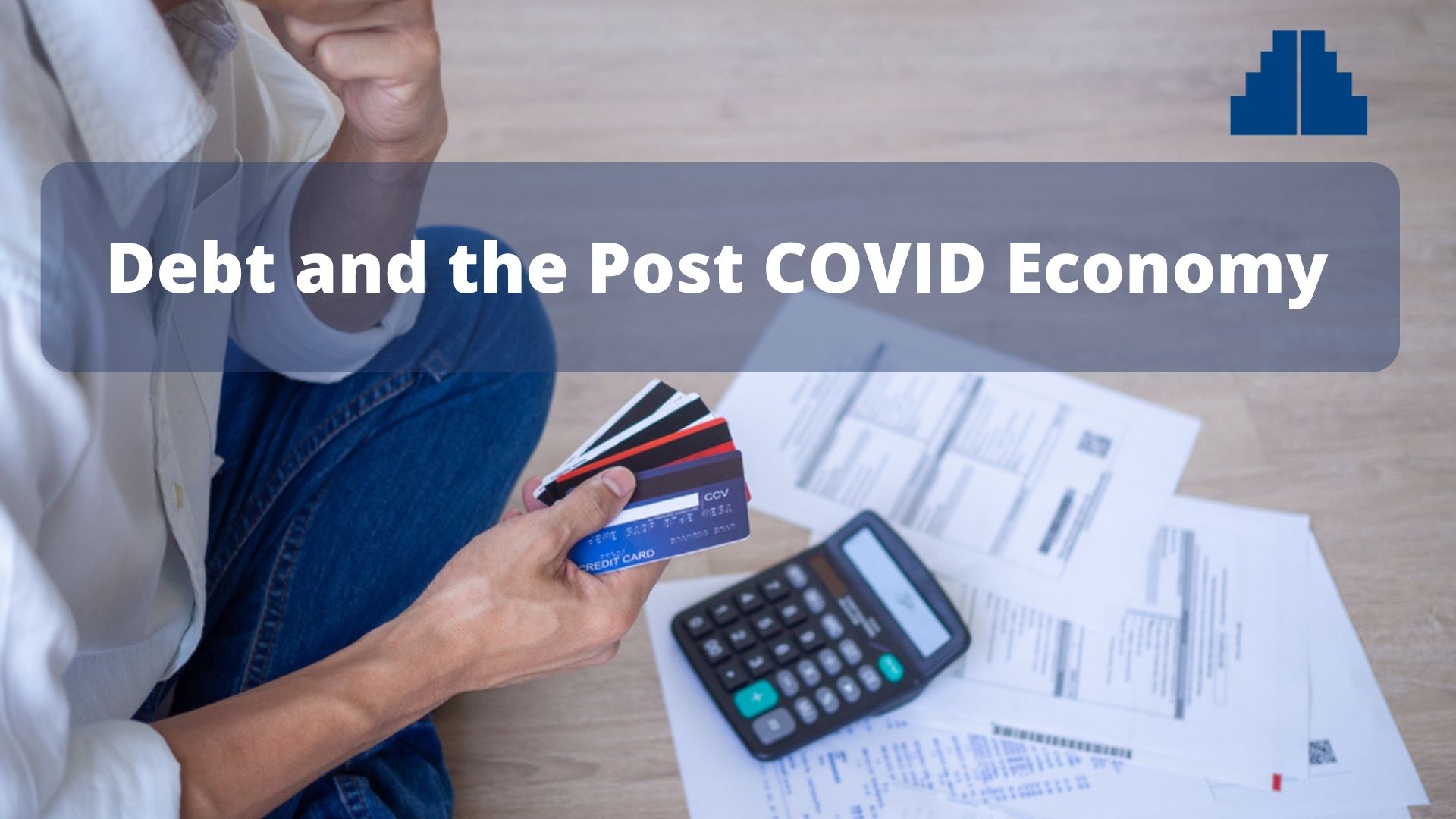
Debt and the Post Covid Economy
After a year of shutting doors and businesses closing (some permanently), the general outlook for the economy has been cautious, to say the least, with most banks limiting loans to sustain possible credit losses. But now that the world is slowly but surely reopening again, the nation’s largest banks are shifting their focus to increasing lending activity.
The big four banks — J.P. Morgan Chase, Bank of America, Citigroup and Wells Fargo — recently reduced the amount of reserves set aside last year to absorb any loan losses. Allowance for loan losses at the four major banks totaled $78 billion as of the first quarter of 2021, a noticeably reduced number from the almost $97 billion in the middle of last year. Still, those reserves are close to double pre-pandemic amounts, indicating that banks have more room to move in terms of releasing further in coming months.
The banks even stated recently that reserve releases are likely to continue as they prepare to lend into what could potentially be one of the fastest economic recoveries in history.
What does all this mean for the consumer though? Credit cards are a way of life in America. We all know how they can help or hurt one’s personal finances, but believe it or not, credit card debt can have an effect on the economy as a whole.
The average debt for individual consumers dropped from $6,194 in 2019 to $5,315 in 2020. In fact, the average balance declined in every state. Following years of growth, both outstanding credit card debt and credit limits from issuers dropped in 2020 amid the coronavirus crisis.
A rise in credit card debt usually signals an improving economy, and vice versa. It shows that Americans think the economy is doing better, more people are working and earning a salary, and have more money to spend. However, this mind-set also affects how they save.
The personal savings rate hit a historic 33% in 2020, [3]according to the U.S. Bureau of Economic Analysis. There was tremendous uncertainty and fear that lingered and that restrained people’s desire to go out and spend as they normally would. With the U.S. consumer accounting for more two-thirds of the economy, economic recovery depends in large part on whether the increase in savings is just a result of shutdowns or can it be that consumer habits have made a structural shift? The increase in savings came as spending declined by a record 13.6% last year.
With banks looking to increase their lending activity, it’s likely that credit cards will be flying out the front door at a rapid pace. The thing to consider is this — do you really want to dig that credit hole deeper? Especially if you were just getting your head above water.
IMPORTANT DISCLOSURES
Material contained in this article is provided for information purposes only and is not intended to be used in connection with the evaluation of any investments offered by David Lerner Associates, Inc. This material does not constitute an offer or recommendation to buy or sell securities and should not be considered in connection with the purchase or sale of securities.
To the extent that this material concerns tax matters, it is not intended or written to be used, and cannot be used, by a taxpayer for the purpose of avoiding penalties that may be imposed by law. Each taxpayer should seek independent advice from a tax professional based on his or her individual circumstances.
These materials are provided for general information and educational purposes based upon publicly available information from sources believed to be reliable– we cannot assure the accuracy or completeness of these materials. The information in these materials may change at any time and without notice.
David Lerner Associatesdoes not provide tax or legal advice. The information presented here is not specific to any individual's personal circumstances. Member FINRA & SIPC.

